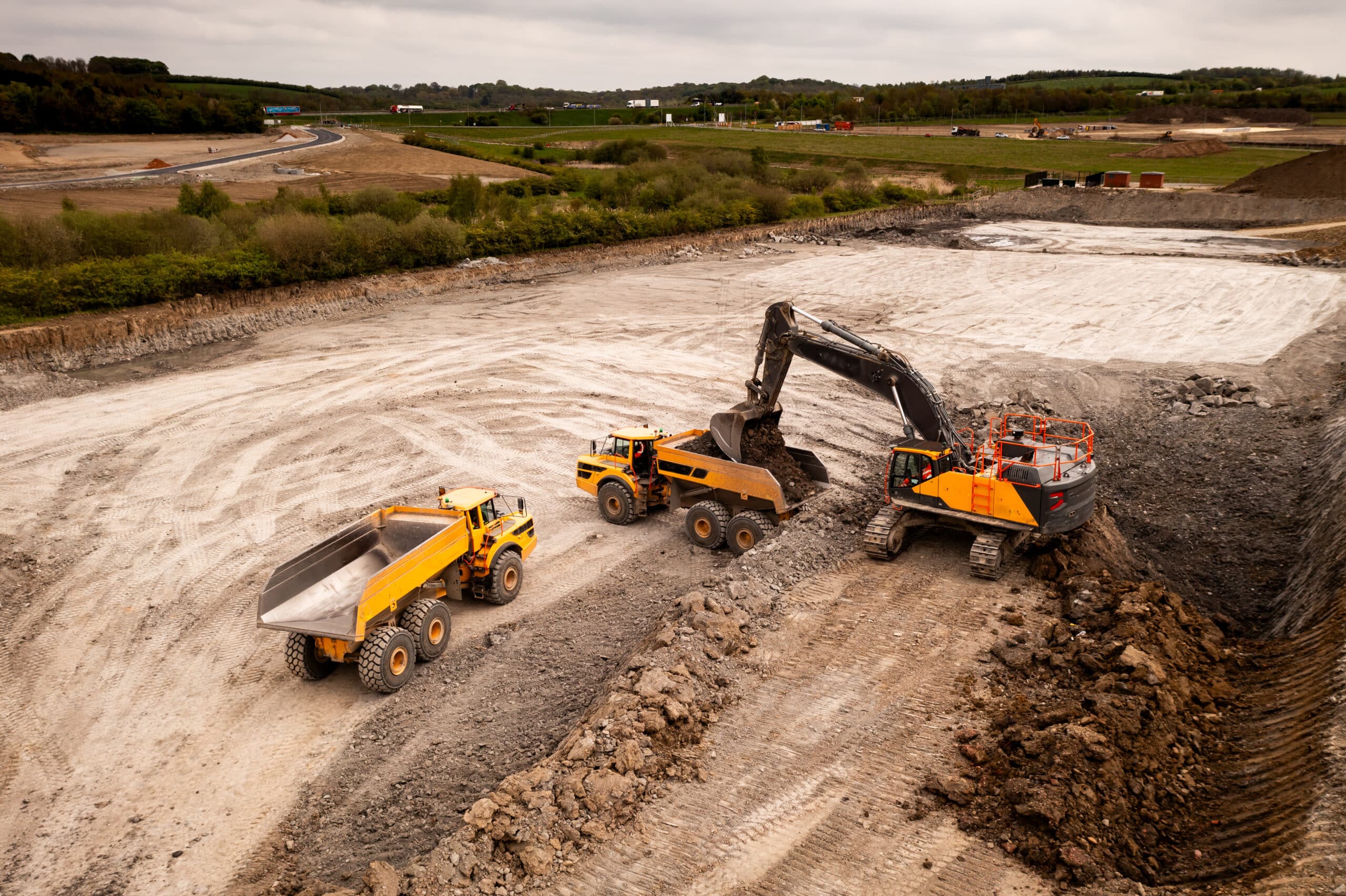One of the biggest paradoxes of our time: A third of food is wasted globally while millions go to bed hungry every night. In this report, Farrelly Mitchell takes a multinational inspection at the magnitude of the food loss and food waste phenomenon, and its economic and environmental impacts in different continents of the world.
For companies, keeping up to date and putting strategies in place for change will enable them to remain connected with a new “no waste” consumer. Maintaining wasteful practices may risk previously loyal consumers becoming disenchanted with brands.
Food waste is one of the biggest paradoxes facing society today: globally, one third (1.3 billion tonnes) of food is wasted, while 815 million people – one in nine – go to bed hungry each night.
Counteracting food loss is increasingly becoming critical; alleviating growing concerns about food insecurity, undernourishment, and environmental sustainability, amid a significant increase in global food demand over the coming decades.
Over-consumption in developed countries and subsequently, food waste, leads to a global increase in food commodity prices, which mostly affect developing countries.
Food losses also mean lost income opportunity for small farmers and even higher proportions of income spent on food commodities by economically vulnerable societies.
What is Food Loss and Food Waste?
While no consensus over a standard definition of food loss and food waste currently exists, the Food and Agriculture Organization’s (FAO) 2014 definition has been gaining ground:
Food loss refers to “… all food produced for human consumption but not eaten by humans and is defined as a decrease in quantity or quality of food….”. For example, bananas fall off a truck that is otherwise fit for consumption.
Food waste is an important component of food loss. It is referred to as “…discarding or an alternative (non-food) use of food that is safe and nutritious for human consumption along the entire food supply chain, from primary production to end household consumer-level”— for example, brown-spotted bananas thrown away by a retailer.
Food loss and food waste lead to the decrease of food in subsequent stages of the food supply chain initially intended for human consumption.
Economic and environmental impacts of food loss and waste
Economic impacts
It is interesting to note that while both developed and developing countries produce the same amount of food at respectively 670 and 630 million tonnes, the financial costs of production vary significantly: US$ 680 billion in industrialised countries and US$ 310 billion in developing countries.
However, on a per capita basis, much more food is wasted in industrialised, advanced countries than in developing countries.
A report entitled “Save Food” by the FAO estimates that the current per capita food waste by consumers in Europe and North America is 95-115 kg per year, while this figure in sub-Saharan Africa and South/Southeast Asia is only 6-11 kg per year.
The losses are not limited to food, but they have a domino effect and are a considerable burden on the economy.
Environmental impacts
Global food waste is the third-largest CO2 emitter after that of the US and China. Figure 5 shows the greenhouse emissions caused by wasted food globally.
To put it into perspective, Tristram Stuart estimates in his book Uncovering the Global Food Scandal that water lost globally due to food waste would “be enough for the domestic needs at 200 litres per person per day of 9 billion people.”
Challenges to address
Alongside the food waste challenge, global consumer trends are changing, and this is putting a strain on supply chain sustainability.
For example, the average person in China consumes 57kg of meat per annum—an increase of 25% over the previous decade—with an expected increase of an additional 50% over the next decade. This is predicted to have a knock-on effect on demand for cattle feed (grain) to the tune of 94 million tonnes per annum, in addition to the current requirement of 650 million tonnes per annum.
As a society, we are heading for unsustainable supply chains; where food losses inhibit the supply of food while the demand for food keeps increasing.
Reducing food waste could save between $120 and $300 billion a year and limit some of the environmental stress caused by the food production system.
With the growing global demand for food; any supply chain with avoidable waste can be classified as inefficient.
Harnessing real-time information about supply chain activities will not only reduce avoidable waste but further reduce food security challenges by finding alternative uses for food commodities, while also easing price shocks and reducing surplus food stocks that are bound to be wasted.
Solutions and benefits
There is a consensus that reducing food losses is in the best interest of food producers as they will be able to sell more at a lower cost so that their incomes increase.
Consumers will benefit from reducing food waste as it saves them money, which they can spend elsewhere, and it lowers the price of the remaining food that is consumed in the market.
The following three action points could reduce food waste and offer financial and environmental benefits. Among these, consumer education about food losses seems to provide the highest benefit.
The full report takes a multinational look at the magnitude of the food loss and food waste phenomenon and its economic and environmental impacts on different continents of the world.
The full report takes a multinational look at the magnitude of the food loss and food waste phenomenon and its economic and environmental impacts on different continents of the world.
Expert food waste consultants
Addressing food loss & waste is critical to enhancing global food security, improving weakened economies, and reducing the impact of food production on climate change.
At Farrelly Mitchell, our consultants provide strategic interventions aimed at combatting these challenges. With a passion for sustainability and esg, the circular economy, and waste management, and a detailed understanding of supply chain optimisation, our team possess the necessary expertise to support clients as they transition to more efficient and less wasteful practices.
Read the full report for more expert analysis.














